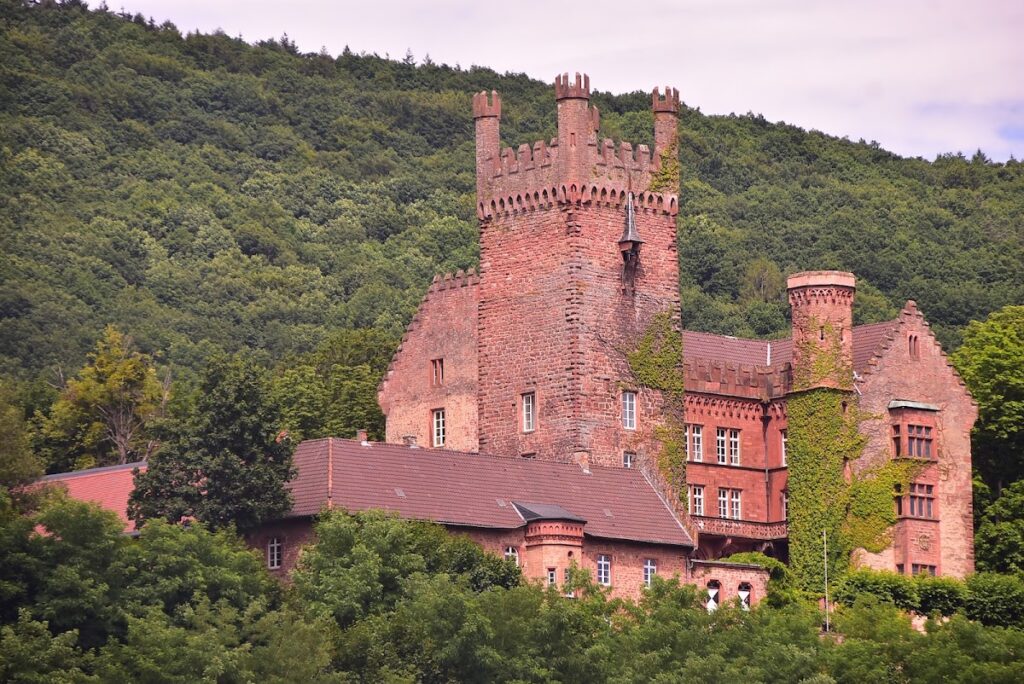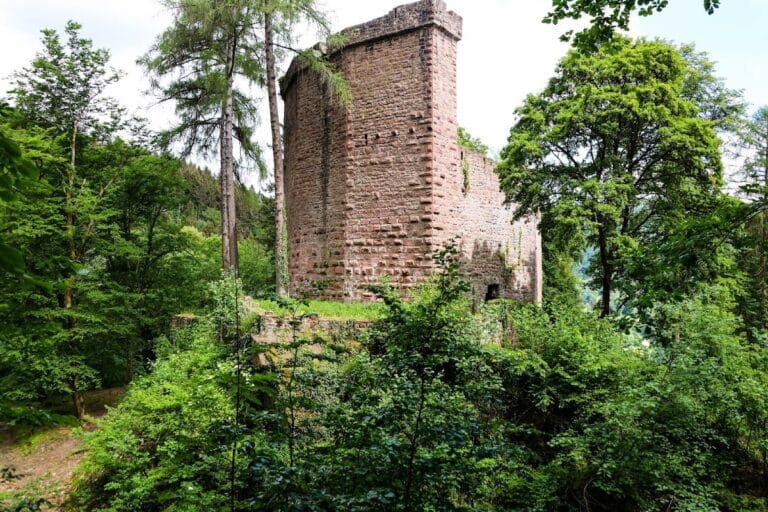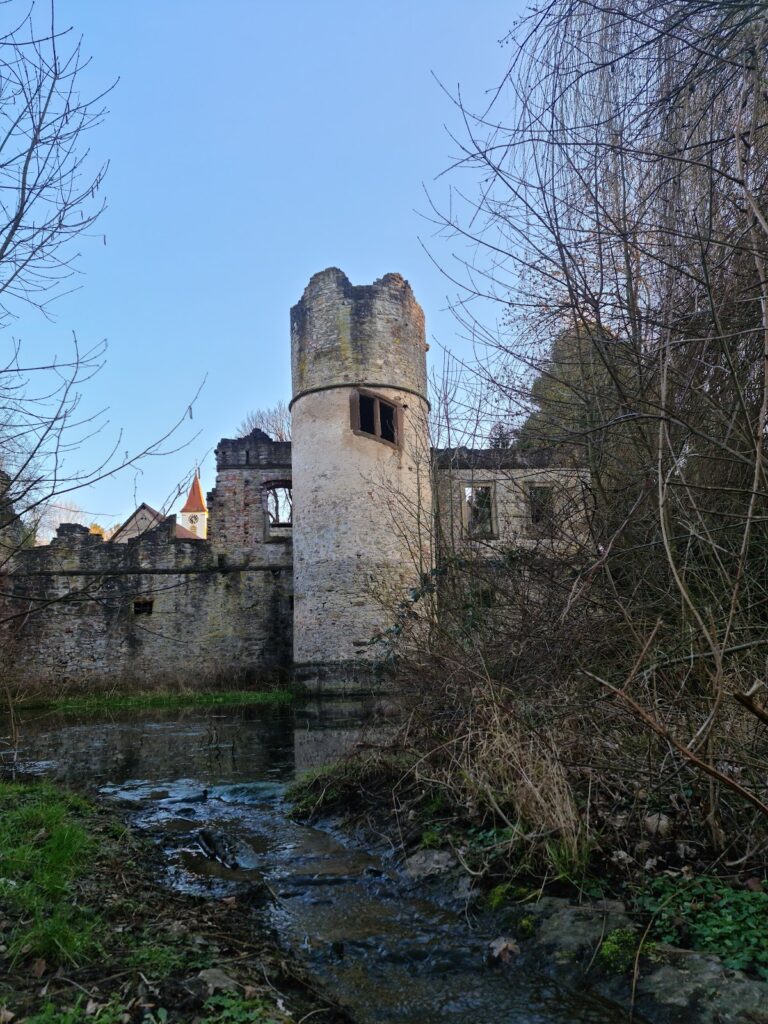Mittelburg Castle: A Medieval Hilltop Fortress in Germany
Visitor Information
Google Rating: 4.4
Popularity: Low
Google Maps: View on Google Maps
Official Website: www.mittelburg-neckarsteinach.de
Country: Germany
Civilization: Unclassified
Remains: Military
History
Mittelburg is a medieval hilltop castle situated near Neckarsteinach in present-day Germany. It was established during the High Middle Ages by the German nobility.
The castle’s construction dates back to around 1165 and is attributed to Conrad I of Steinach, the youngest son of Bligger II of Steinach. At its founding, Mittelburg was partly held as a fief under the Bishopric of Worms, a religious principality, while other portions belonged to its owners as allodial property, meaning land held in full ownership without obligations to an overlord. This mixed tenure reflects the complex feudal relationships typical of the time.
Over the succeeding centuries, Mittelburg experienced frequent changes in ownership. It passed through the hands of various noble families including the Steinachs, Helmstatts, Hirschhorns, Neippergs, and Landschads. Transfers occurred via inheritance, marriage alliances, sales, and financial pledges. These shifts illustrate the interconnectedness of regional noble lineages and the castle’s role within aristocratic networks.
By the late 1600s, the four castles clustered at Neckarsteinach, including Mittelburg, came under the singular control of the Metternich family. This reunification consolidated the local holdings until the extinction of the Metternich lineage in 1753. Following this event, the castles were transferred to ecclesiastical foundations associated with the cities of Speyer and Worms.
In the early 19th century, amidst widespread political restructuring known as mediatisation, the properties were incorporated into the Landgraviate of Hesse-Darmstadt, a substantial territorial state in Germany. Since then, Mittelburg has remained in private ownership. Today, it continues to be the residence of Johann-Jakob Freiherr von Warsberg, descending from its long line of custodians.
Throughout its history, Mittelburg has never been abandoned or left to decay. Instead, it has undergone various phases of renovation and architectural enhancement. Notably, during the Renaissance, parts of the castle were remodeled under the influence of Heidelberg Castle, introducing new stylistic features. Later, between roughly 1820 and 1830, a Neo-Gothic refurbishment took place, which may have involved architects such as Georg Moller and Ignaz Opfermann, further shaping the castle’s appearance. Despite its transformations, Mittelburg remains a continuous symbol of medieval and early modern aristocratic residence.
Remains
Mittelburg occupies a strategic hilltop position alongside three neighboring castles, forming a closely grouped ensemble. Its layout centers on an original core comprising a massive bergfried, or keep, surrounded initially by a small inner castle. This stone tower served as a stronghold for defense and residence during its early years.
Over time, the core castle expanded through the addition of outer walls and new buildings. One major change came during the Renaissance period, when the original ring wall and eastern drawbridge approach were replaced by architectural features including a columned gallery and an arcade hall. These elements reflect a shift from purely military fortifications towards more comfortable, stylistically refined living spaces.
In the 19th century, Mittelburg was subjected to a Neo-Gothic remodeling that altered its historic character further, although specific details regarding the extent of these changes or the precise role of architects involved are not well documented. The castle’s overall preservation is notable, as it remains a lived-in residence that retains many historic components.
Building materials are not extensively described in records, but the presence of Renaissance-style galleries and arcades implies skilled masonry work typical of the period. The bergfried and inner structures likely use local stone consistent with medieval castle-building practices.
Today, Mittelburg stands in good condition as a well-maintained private home. The castle and its grounds also support local wildlife, including populations of common wall lizards, adding ecological interest to the historic site. Though not accessible to the public, the castle remains a vivid example of layered construction phases reflecting over 800 years of regional history.










